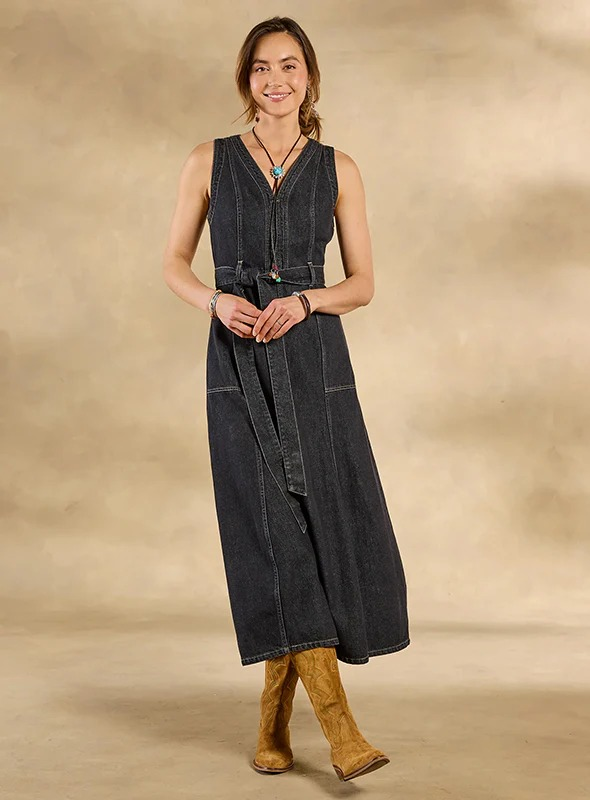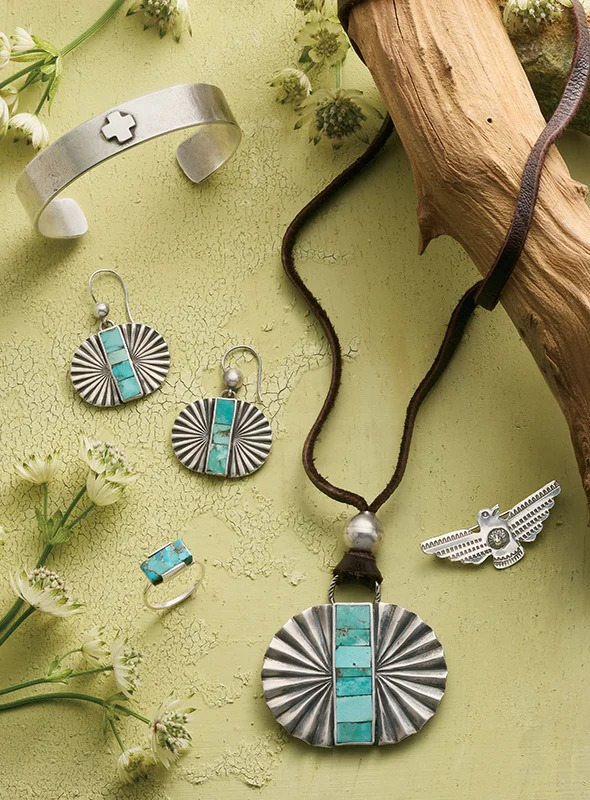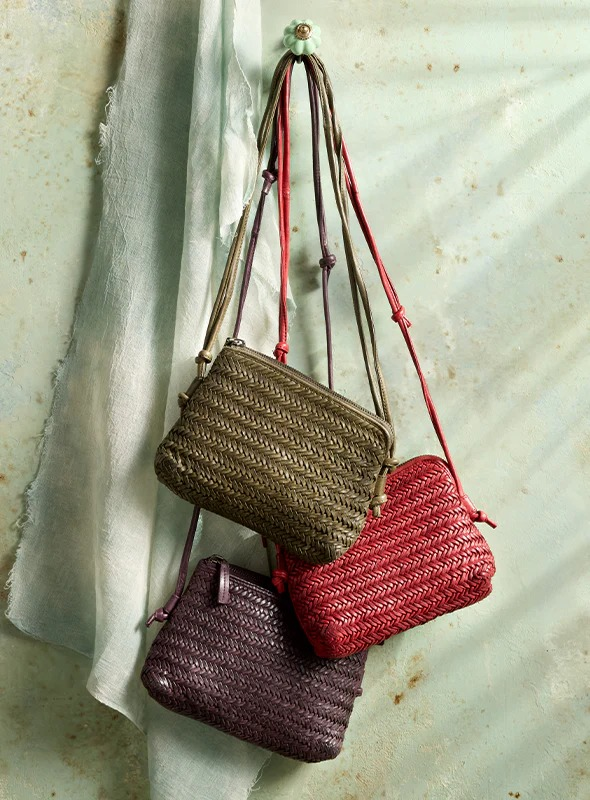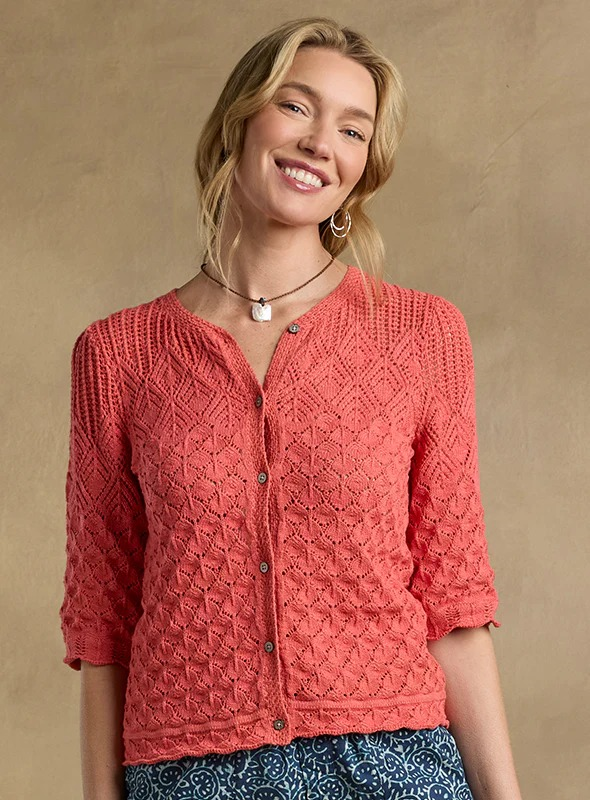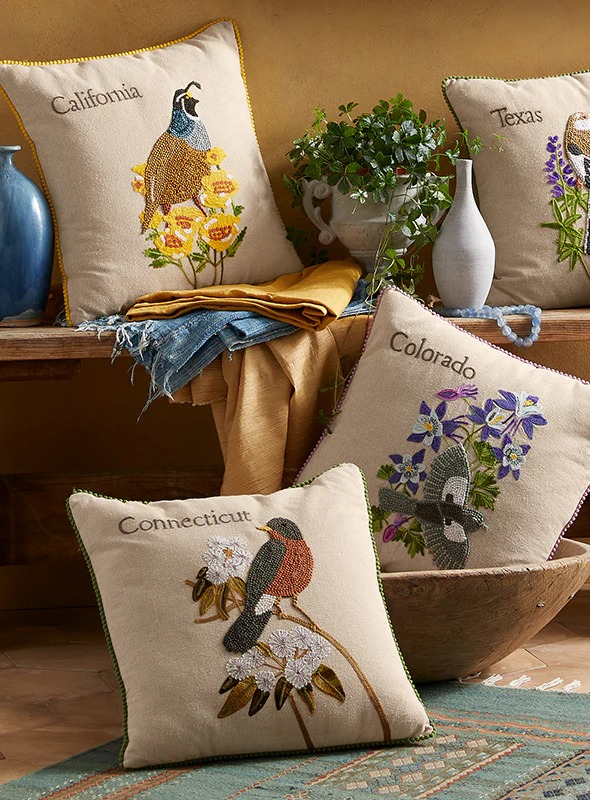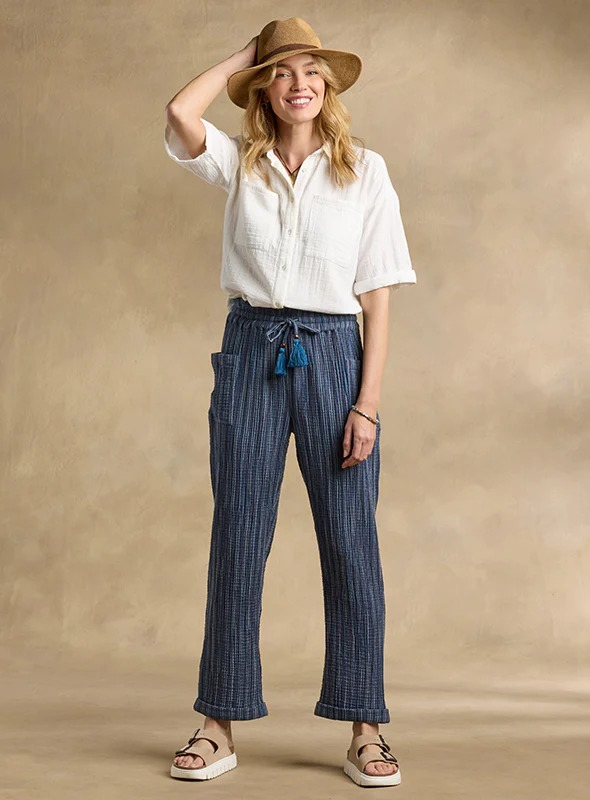
Classic Recommendation.
The Unveiling: A Journey Beyond the Fabric
The act of embracing attire traditionally designated for another gender—often referred to simply as “gender expression through dress”—is a deeply personal and often transformative practice that spans cultures, epochs, and personal narratives. It is far more than the simple donning of different textiles; it is an intimate exploration of self, a challenging of arbitrary societal constraints, and a celebration of the boundless spectrum of human identity. For those who engage in this practice, the motivation is rarely singular, but rather a complex tapestry woven from desire, comfort, creativity, and self-discovery.
For many, the initial impulse traces back to childhood, a quiet, insistent curiosity about the garments deemed “off-limits.” That pull, often suppressed by an early awareness of rigid social expectations, can resurface in adulthood as a compelling need to reconcile an internal landscape with external presentation. The clothing itself becomes a conduit, a vocabulary for feelings that words alone cannot express. It’s an alchemy where simple cloth transforms into confidence, tranquility, or exhilarating joy. When someone chooses to wear a flowing skirt, an impeccably tailored suit, or a vibrant scarf, they are not just changing their outfit; they are adjusting the lens through which they view themselves and the world perceives them.
One of the most profound aspects of this journey is the understanding it brings about gender itself. By deliberately stepping outside the narrow confines of expected gender roles, individuals gain a unique perspective on how deeply ingrained—and often how fragile—these constructs are. The very notion that certain colors, cuts, or materials possess an inherent gender dissolves upon personal experience. A shirt is merely a shirt, a pair of trousers just trousers, until society imposes its often-heavy-handed labels. By wearing what is often considered “the other,” the person performing the act experiences a freedom that reveals the performative nature of all gender presentation. They learn that the essence of who they are is independent of the fabric covering their skin.
This exploration is not without its challenges. Living authentically in a world that often prizes conformity requires immense courage. The fear of misunderstanding, judgment, or worse, is a constant companion for many. The process of coming to terms with one’s own needs for gender-fluid expression can be a long, solitary road marked by secrecy and internal debate. Sharing this part of oneself with loved ones—a partner, family, or close friends—is a vulnerability that demands trust and an understanding heart on the receiving end. The reactions vary wildly, ranging from unconditional acceptance and curious support to confusion, resistance, or even rejection. Navigating these interpersonal dynamics becomes an integral part of the overall experience, often requiring patience, careful communication, and a steadfast belief in one’s right to self-expression.
Furthermore, the practice often evolves over time. What begins as a private, perhaps tentative, venture may blossom into a public, confident expression. Some people find satisfaction in discreetly wearing an item underneath their conventional daily wear, a private comfort and connection to their inner self. Others move toward presenting openly, fully styled, experiencing the world through a new visual framework. The difference between an entirely private experience and a publicly shared presentation is vast, demanding different levels of readiness, skill, and resilience. For those who venture out, the experience can be deeply empowering. Simple activities, like visiting a gathering place or taking a walk, become acts of quiet defiance and authentic existence. They are moments that validate the internal change and solidify the conviction that one’s happiness is paramount.
The community built around this practice is a vital source of strength and knowledge. Through online forums, local gatherings, and personal networks, individuals find others who share similar experiences, offering a safe haven where fears can be aired, triumphs celebrated, and practical advice exchanged. These connections dispel the sense of isolation that often accompanies navigating a non-conforming identity. They provide a mirror reflecting shared humanity and a reminder that this path, while individual, is not walked alone. In these spaces, the focus shifts from the anxiety of being “found out” to the joy of mutual recognition and genuine fellowship.
Beyond the personal psychological benefits, the visibility of people engaging in gender expression through dress contributes to a broader cultural shift. Each act of authenticity, whether small or large, slowly chips away at the entrenched binary notions of gender. It educates the public through presence, showing that fluidity and diversity in presentation are natural, healthy, and enriching to the human experience. It broadens the definition of masculinity and femininity, creating a more inclusive space for everyone—regardless of their own choices in attire—to live with less rigidity and more self-acceptance.
In conclusion, the decision to embrace clothing traditionally associated with another gender is a brave, beautiful, and deeply human endeavor. It is a quest for wholeness, a dialogue between the soul and the costume it chooses to wear. It is a testament to the power of personal truth over social convention, and an ongoing, vibrant journey of self-discovery that perpetually reminds us: all clothing is, ultimately, just cloth, waiting for the wearer to give it meaning. The freedom found in that realization is, perhaps, the most beautiful garment of all.









